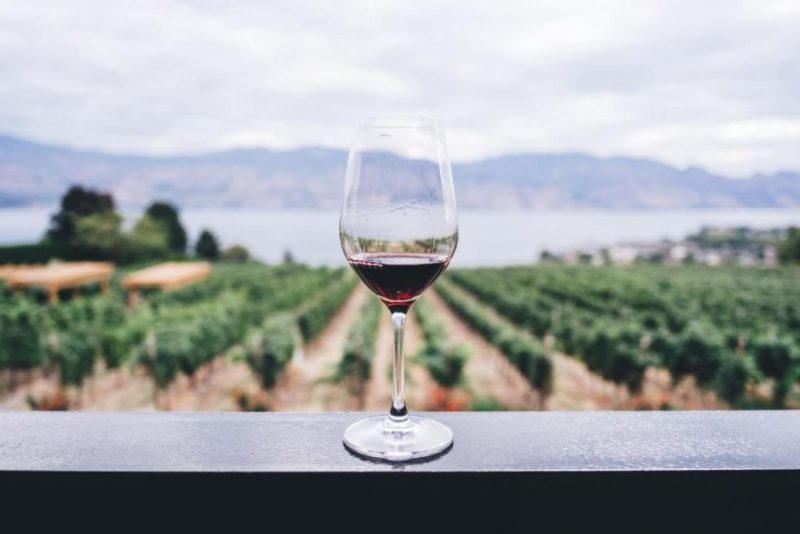If you are a true wine connoisseur, the next step in appreciating a fine wine may be to make your own wine at home. While the process may seem to be complicated, wine can be made rather easily at home. Before beginning the process of making your own wine at home it is important to understand the basic steps of winemaking.
In order to make wine at home you will need either grape concentrate or grapes. If you have a sufficient growing area, you may choose to grow your own grapes and make wine from that. If you choose to use grape concentrate, keep in mind that you will need to use high quality grape concentrate. This can be purchased online as well as in wine and home brewing stores. In addition, you will need yeast and brewing equipment. If this is your first batch of wine, you may wish to consider purchasing a wine kit rather than buying all of your equipment separately.
After you have had a chance to experiment with making wine at home and decided whether it is an endeavor you wish to continue you might then begin accumulating various pieces of equipment for brewing larger batches of wine. There are five to eight basic steps involved in the process of making wine, depending on whether you are using grapes or concentrate.
If you are using grapes, then the fruit will obviously need to be harvested first. After the grapes have been harvested, you will then need to remove the stems from the grapes. This is an absolutely essential step as very bitter tannins are contained in the stems that can have a heavy influence on the wine. After the stems have been removed, the skins of the grapes will then need to be broken in order to release the juice from the fruit. There are certainly many different ways in which to do this. Crushing is the preferred method for most winemakers. The degree to which the fruit is crushed will have an impact on the resulting wine. If your goal is to create a wine that has a fruity aroma, then you may wish to leave the berries almost completely intact.
The next step is known as the primary fermentation. During this step the yeast cells contained in the wine will feed on the sugars. Alcohol and carbon dioxide is produced as a result. In some cases, you may wish to add additional yeast. This helps to ensure a stable and consistent conversion which may not be the case if you rely solely on the yeast that is found on the fruit itself. After the primary fermentation, more juice will need to be extracted from the fruit. It should be noted that the juice that is extracted in this step is typically not as high of a quality as the juice that is extracted during the crushing phase. This is because the juice that is obtained during crushing, known as free run juice, has had less contact with the stems and skins. This does not mean that press juice is useless however. Even large wineries may choose to use press juice in order to increase their yield.
A secondary fermentation occurs after the pressing, at the same time as the wine is aging. As the winemaker, it will be up to you to determine how long the wine should ferment. Blending is an optional part of the process; however, one which can assist you in creating a highly customized wine. Blending is most commonly used in order to improve two or more batches which may be slightly lacking.
The last step of the process is bottling. The wine is poured into bottles and at times you may wish to add sulfites in order to help end fermentation as well as to preserve the wine. Finally, the bottle of wine is sealed with a cork. Making wine at home can be a very enjoyable experience. As you learn more about the process of making wine, you will likely gain a more thorough appreciation of wine.











